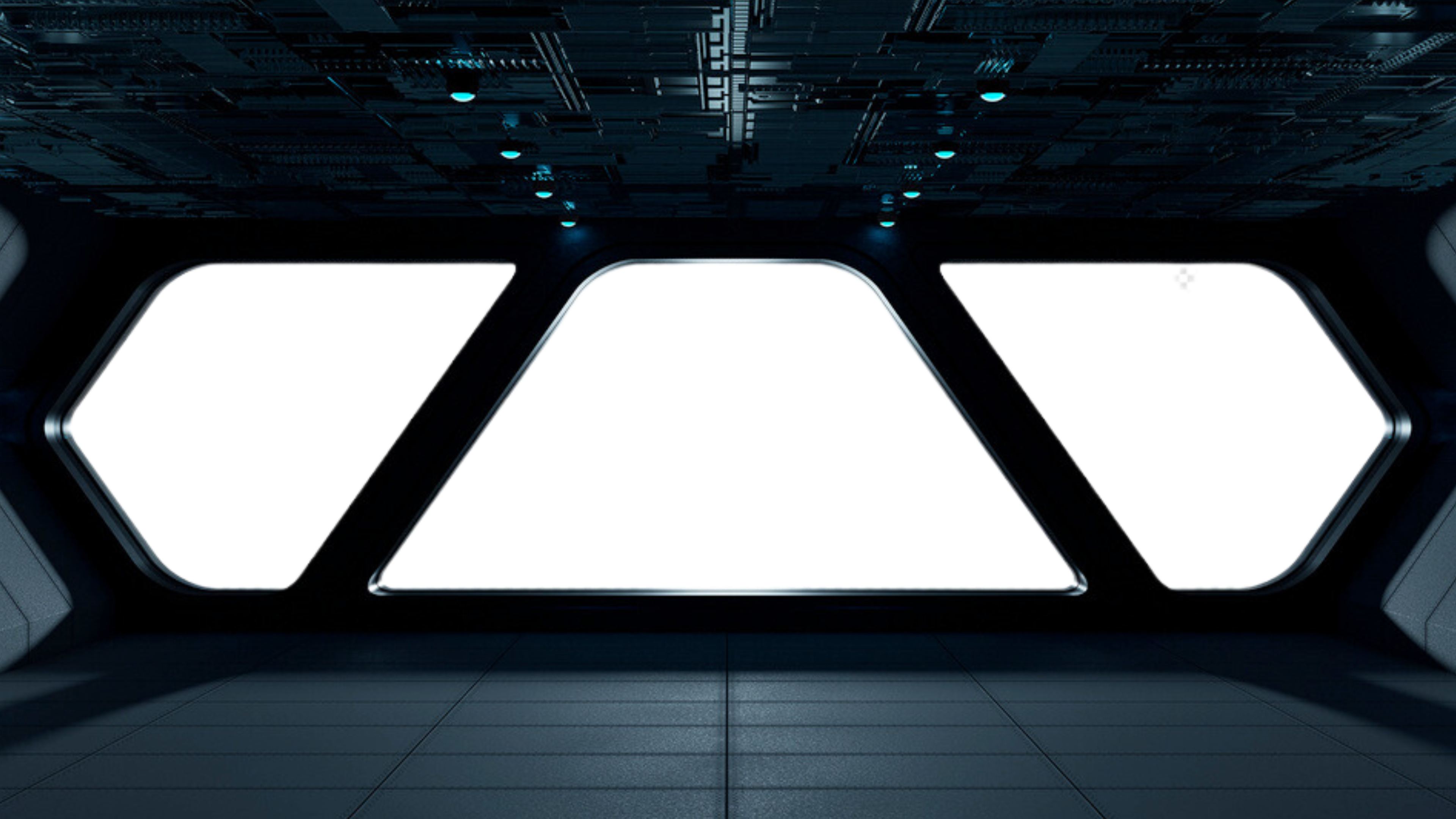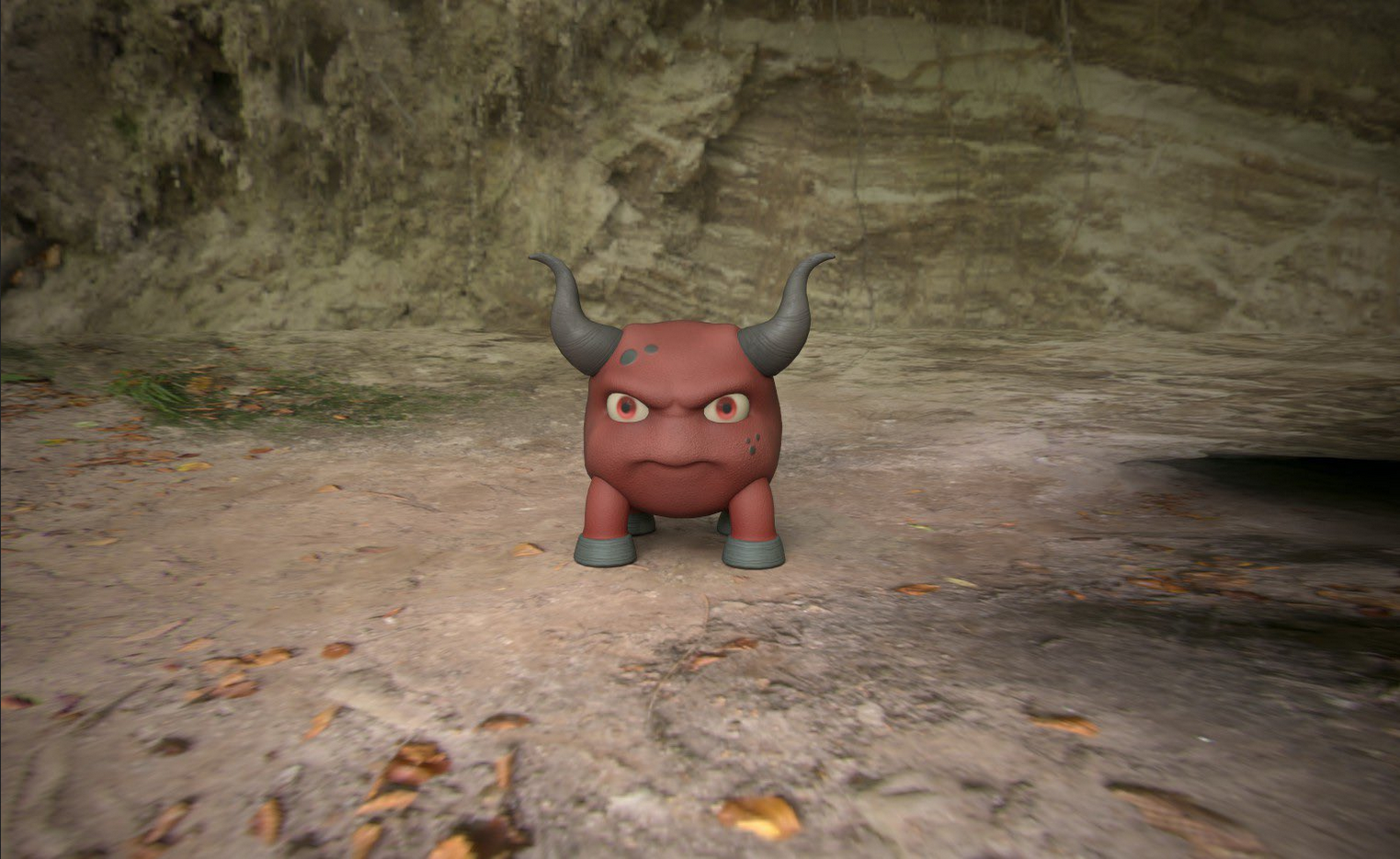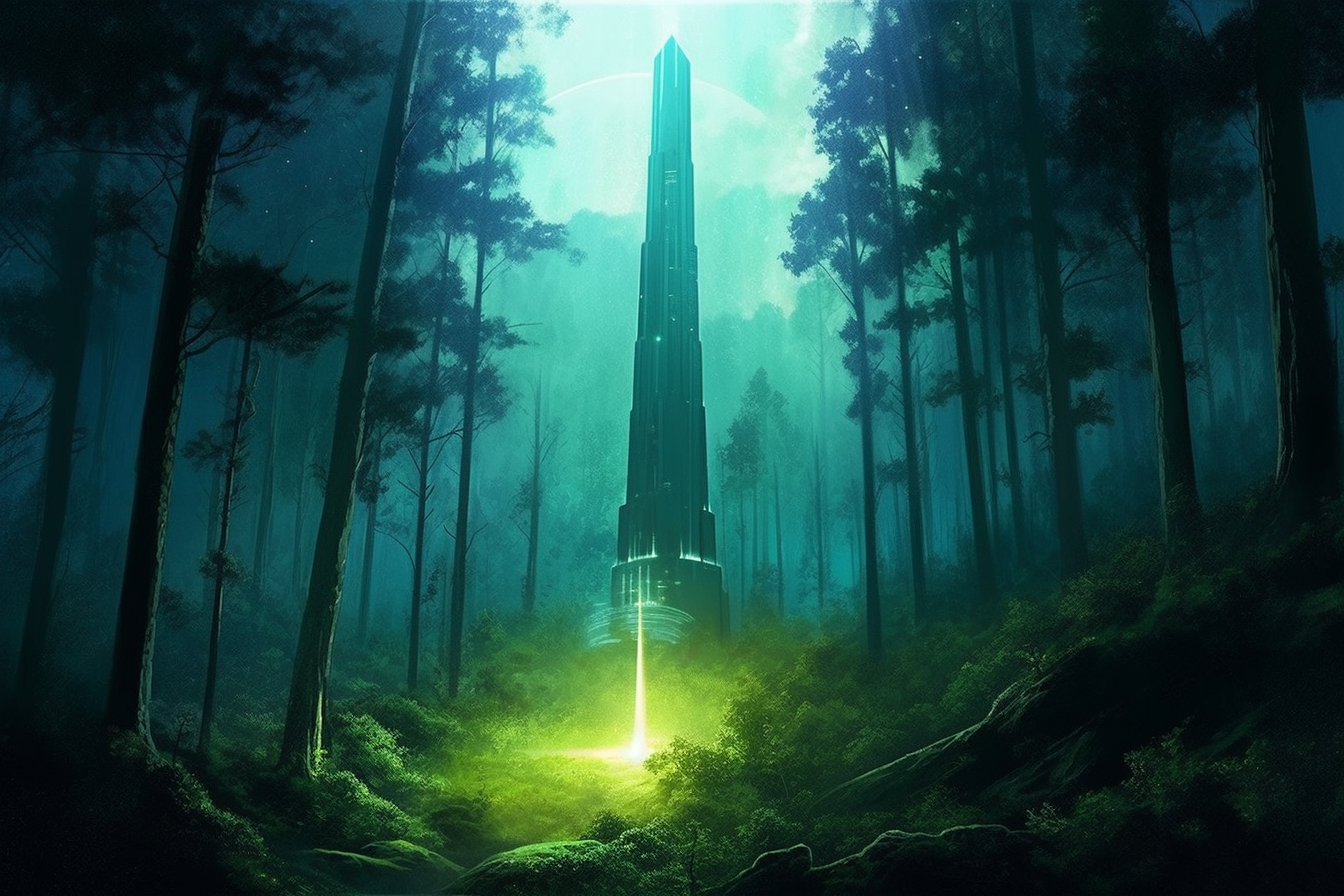
LORE
PAVS
PAVS are 4-legged creatures first discovered inhabiting the off-world outpost known as Pavia. Early human settlers to Pavia spent much time trying to better understand PAVS, why they were there, where they may have originated, but above all, their curious role within the ecology of Pavia. To the uneducated it would be easy to dismiss PAVS as minion-like, subservient and lacking in any evolutionary sophistication. But to underestimate them would be a mistake.
As a species they were seemingly unaware of the deep importance they played in the ecology of their surrounding environment. Remarkably, they appeared to be sunlight-dependant beings capable of creating both electrical energy and clean air by converting sunlight within their bodies. Much of the lushness and beauty of Pavia has been credited to their very existence. PAVS are incredibly resilient and even have the unique ability to regenerate lost limbs, though this process has been found to be slow. Curious and inquisitive in nature, PAVS are found to be extremely loyal once nurtured, but as a rule do not make good house pets. PAVS have no vocal cords to speak so communicate by producing grunts and whistles from time to time, however, it has been proven that they also have a form of telepathic capability. They can often be found in rough terrains such as mountains and forests. Although harmless at first glance, they can be aggressive when threatened and have been known to seriously injure humans due to their short temperament.

Origins
PAVS were first discovered when Pavia Corp was exploring the planet Pavia on an expedition mission. The team would discover large numbers of creatures roaming the land in dense terrains such as forests and mountains and though their origins are unknown, many are believed to have been brought here by the unknown crashed spacecraft first discovered by the Horizon in 0AP.
Small in size, Pavia Corp believed that PAVS were light-dependant creatures that could convert sunlight into energy and clean air. They would act as air purifiers when congregated in large numbers over long periods of time on planets with unbreathable air and could counterbalance certain properties within atmospheres on planets to make them habitable for humans to populate. It has been said that some PAVS even have the ability to change the weather. PAVS were known to be tough and could survive in space as well as on harsh planet terrains. Though their true molecular composition is unknown, they are considered to be comprised of various elements from nearby meteors, stars, and asteroids.
Settlement on Pavia
It is believed that since the crash that brought them here, PAVS would spread across the land, multiplying and evolving into different forms. Over the next 40 years, their bodies would produce enough energy and oxygen to transform the atmosphere into breathable air, and in the few years leading up to the Horizon landing the lands across Pavia would grow grass, trees, plants and eventually form rivers and oceans, becoming habitable for humanity. In the year 2AP, the first PAVS would be discovered by humans and it is said that the very first PAV ever spotted was golden.

The Pillar of Vita
Thought to have been created between 20BP - 30BP, the Pilla of Vita (translated to the Pillar Of life) was believed to be a sacred shrine built by the PAVS. Discovered in 50AP, a human recon team discovered a large altar built from colossal pieces of stone amongst the jungle on the Planet's surface. The stones were tall and each was engraved with different markings and symbols. Whilst the origins of these sacred stones and how they were moved are unknown, researchers concluded that PAVS would use this area as a place of worship.
Relationship with humans
In the year 61AP humans would colonize Pavia, discovering thousands of different types of PAVS, many of which had unique abilities and traits. Humans would later come to accept PAVS as an integral part of the planet's ecosystem and in the year 62AP the people of Pavia passed a law stating that no human could harm a PAV making them a protected species throughout the planet. Although they are independent and free-thinking animals, humans primarily kept their distance from PAVS as their behavior could be irrational and unpredictable, staying clear of mountains and jungle areas where PAVS presided.
Mech Suits
Mech Suits were invented as a solution to the evolving relationship between humans and Pavs on Pavia. These advanced exo-suits were powered by pavs and primarily built to improve mobility and to convert and store energy created through the Pav itself. Not every Pav is able to power a mech and compatibility depends entirely on how much energy a Pav produces.
Mechs were designed to explore terrain normally unobtainable to humans such as dense forests and rocky mountains. Heavy and durable, these suits allowed certain Pavs to gather resources from different parts of Pavia. All Mechs are also equipped with state-of-the-art defense systems, that protect the Pavs and serve as a shield against potential threats, both terrestrial and beyond. Advanced sensors detect even the subtlest disturbances, enabling rapid response Via the mech suits powerful strength and speed.
The Crimson Lake
The Crimson Lake is nestled at the heart of the Pavia forest and is known for its distinctive red water. The Lake was discovered by early settlers of Pavia in the year 6AP shortly after initial colonization efforts began.
Whilst not much is known about the Crimson Lake, it has sparked speculation among humans with some claiming that the lake's waters have special powers. Records show that some researchers have observed Pavs exhibiting an unsettling shift in behavior after reacting to the lake. The subsequent years would witness the unfolding of a complex series of events, as the lake's true nature and its impact on the behavior of Pavs became more frequent and dangerous.


*This is a timeline of PAVS history-a chronological record of events relevant to Pavia. This timeline uses the dates, which are expressed in terms of years before (BP) and after (AP) the Moonforce Landing on planet Pavia.
TIMELINE OF EVENTS
41BP Crash landing of the spaceship of unknown origin
An unknown spacecraft crash lands on the surface of Pavia. Nothing more is known about this landing other than it is the first recorded event on the planet.
38BP Moonforce is formed on earth
In the year 38BP a group of scientists formed the top-secret organization Moonforce. Made up of 12 members including lead scientist Alfonso Finkso, Moonforce would flee from Earth aboard a ship named the Horizon in an attempt to work on a solution to the planet's growing climate problem. Moonforce would spend many years navigating space working with high-end tech and classified equipment in an attempt to solve the rapidly growing climate crisis back on Earth.
1BP Alfonso Finkso Dies
In the year 1BP Alfonso Finkso, leader and founder of Moonforce and inventor of a lot of the tech aboard the Horizon dies aged 62 while onboard the ship. Finkso died of unknown causes and was found unconscious by his daughter Floella Finkso in the Horizon laboratory. In his later years, Finkso slowly became ill while experimenting on himself after he had concluded Earth was no longer savable and had started to lose hope. Finkso had always kept his work secretive and in a last effort to preserve his memory, Finkso's last act had been to download his consciousness onto the ship's system core to conserve his memory. In years to follow, Finkso's encrypted records remained a puzzle, a testament to his determination to safeguard knowledge beyond the grave.
OAP Moonforce landing
The Moonforce group, now led by Finkso's daughter Floella, leaves Earth's solar system on the Horizon on a recon mission in search of a habitable planet to recolonize humanity. A year after Finkso's death, the Horizon picks up a distress signal from an unknown source on the planet Pavia, a planet located in a nearby solar system several light years from Earth that was deemed to have habitable qualities such as a similar day and night cycle, gravitational pull, and sufficient water on the planet's surface.
Whilst on a mission, the Horizon picks up an emergency beacon from a crash site that was sent as part of a failsafe when the spacecraft started to lose power upon entry into Pavia's atmosphere. After tracking the beacon to Pavia the Horizon was able to land safely on the planet and excavate the crash site. The remains of the unknown ship were mostly intact, however, the Horizon crew could find no functional equipment or an entry to the spacecraft anywhere in the area. Shortly after the discovery of Pavia, the Horizon crew formed an expedition team named 'Pavia Corp' whose purpose was to explore the surface of Pavia, setting up a number of different outposts along their journey.
2AP PAVS are found
2 years after the Horizon discovered the crash site on Pavia, the Pavia Corp expedition team was tasked to explore the planet whilst the Horizon sent messages back to Earth confirming Pavia to be a habitable and suitable alternative to Earth's climate problem. Months into the exploration, the Pavia Corp team discovers large numbers of creatures roaming the land in dense terrain such as forests and mountains which they would later name Pavs. Small in size, PAVS were light-dependant animals that could convert sunlight into energy and clean air, and Pavia Corp members that studied them believed they could counterbalance certain atmospheric properties on planets to make them habitable. Pavs could survive in space as well as on harsh planet terrains and though their origins are unknown, many are believed to have been brought here by the unknown crashed spacecraft. Though little is known about Pavs, scientists believe they are comprised of various elements from nearby meteors, stars, and asteroids.
3AP The Pillar of Vita is Discovered
Shortly after exploring the surface of the planet, the Pavia Corp exploration team uncovered a large shrine built from colossal pieces of stone hidden amongst the thick jungle on the Planet's surface. Each stone was engraved with different markings and whilst the origins of these sacred stones and how they were moved are unknown, researchers believed that Pavs would use this area as a place of worship and would eventually name it 'The Pillar Of Vita Early settlers believed that the Pillar of Vita might hold insights into the past, potentially unlocking the mysteries of Pavs origins and their profound connection to Pavia. Some even hypothesize that the Pillor is a repository of knowledge, a time capsule left behind by an advanced civilization that once graced the planet. Yet, despite the tantalizing theories, the true nature of the Pillar and the secrets it guards remain elusive. As Pavia continues to evolve and humanity's connection with the PAVS deepens, the Pillar of Vita remains a symbol of unity between the two species. It stands as a testament to the planet's rich history.
8AP Humans colonize
5 years after The Pillar of Vita is discovered, Earth receives messages from the Horizon that Pavia is a safe habitable alternative to Earth's overpopulation and climate crisis. Pavia Corp would then send instructions to the people back on earth, helping them build commercial vessels to transport humans to Pavia. Later that year the first settlements of humans would colonize Pavia and begin to build, starting with the central plaza. The building of the Plaza was a monumental endeavor that marked a pivotal milestone in the planet's colonization and the establishment of a new human civilization, a hub of innovation, culture, and connectivity. Shortly after the creation of the plaza, Portals were created to overcome the challenges of traversing the expansive land. Leveraging advanced technology and their evolving understanding of PAVS unique energy-conversion capabilities, the settlers devised a network of portals that spanned Pavia's diverse terrain to be used by both Humans and Pavs.